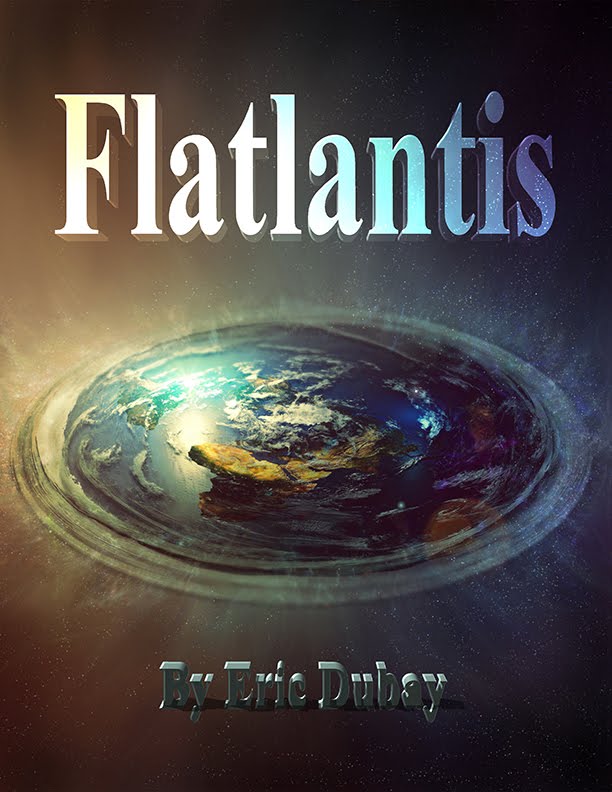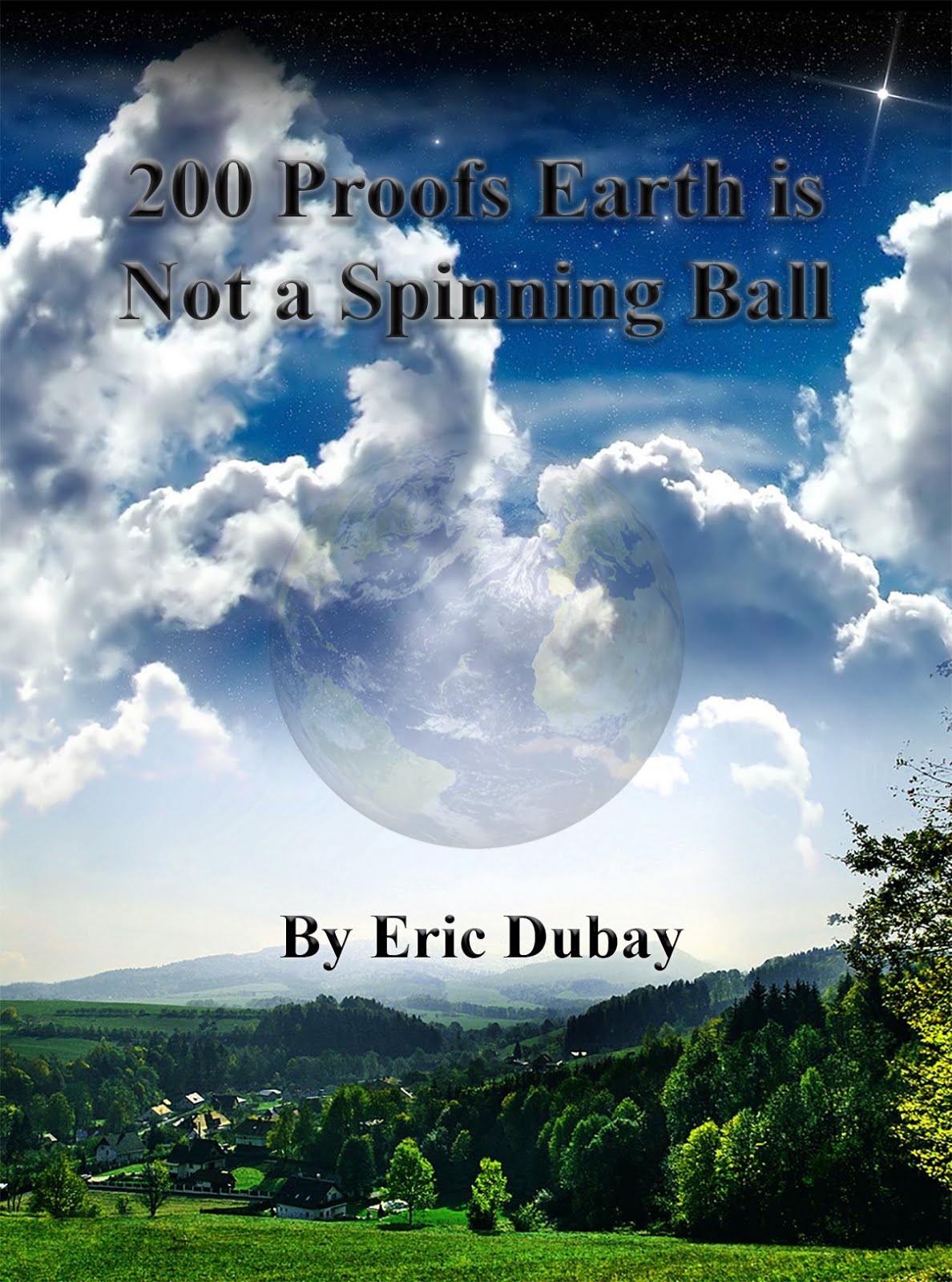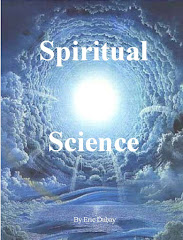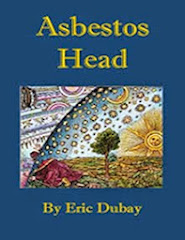 "So, why do people bring Pine trees into their houses at the Winter Solstice, placing brightly colored (Red and White) packages under their boughs, as gifts to show their love for each other and as representations of the love of God and the gift of his Sons life? It is because, underneath the Pine bough is the exact location where one would find this ‘Most Sacred’ Substance, the Amanita muscaria, in the wild.” –James Arthur, “Mushrooms and Mankind” (8)
"So, why do people bring Pine trees into their houses at the Winter Solstice, placing brightly colored (Red and White) packages under their boughs, as gifts to show their love for each other and as representations of the love of God and the gift of his Sons life? It is because, underneath the Pine bough is the exact location where one would find this ‘Most Sacred’ Substance, the Amanita muscaria, in the wild.” –James Arthur, “Mushrooms and Mankind” (8) "DMT exists in all of our bodies and occurs throughout the plant and animal kingdoms. It is a part of the normal makeup of humans and other mammals; marine animals; grasses and peas; toads and frogs; mushrooms and molds; and barks, flowers, and roots ... DMT is . . . in this flower here, in that tree over there, and in yonder animal. [It] is, most simply, almost everywhere you choose to look." Indeed, it is getting to the point where one should report where DMT is not found, rather than where it is." -Dr. Rick Strassman, “DMT – The Spirit Molecule” (42)
"DMT exists in all of our bodies and occurs throughout the plant and animal kingdoms. It is a part of the normal makeup of humans and other mammals; marine animals; grasses and peas; toads and frogs; mushrooms and molds; and barks, flowers, and roots ... DMT is . . . in this flower here, in that tree over there, and in yonder animal. [It] is, most simply, almost everywhere you choose to look." Indeed, it is getting to the point where one should report where DMT is not found, rather than where it is." -Dr. Rick Strassman, “DMT – The Spirit Molecule” (42) “The Pine tree is one of the well-known central relics of Christmas. Under this tree is where those who are deemed good find their reward in the form of a present. A big red and white rounded mushroom grows under the very tree we are to look under on Christmas morning to find our gift.” –James Arthur, “Mushrooms and Mankind” (6)
“The Pine tree is one of the well-known central relics of Christmas. Under this tree is where those who are deemed good find their reward in the form of a present. A big red and white rounded mushroom grows under the very tree we are to look under on Christmas morning to find our gift.” –James Arthur, “Mushrooms and Mankind” (6)
“The very name, ‘Christmas’ is a holiday name composed of the words, ‘Christ’ (meaning ‘one who is anointed with the Magical Substance’) and ‘Mass’ (a special religious service/ceremony of the sacramental ingestion of the Eucharist, the ‘Body of Christ’). In the Catholic tradition, this substance (Body/Soma) has been replaced by the doctrine of ‘Trans-substantiation’, whereby in a magical ceremony the Priests claim the ability to transform a ‘cracker/round-wafer’ into the literal ‘Body of Christ’; ie, a substitute or placebo.” -James Arthur, “Mushrooms and Mankind” (9-10)
 “Although most people see Christmas as a Christian holiday, most of the symbols and icons we associate with Christmas celebrations are actually derived from the shamanistic traditions of the tribal peoples of pre-Christian
“Although most people see Christmas as a Christian holiday, most of the symbols and icons we associate with Christmas celebrations are actually derived from the shamanistic traditions of the tribal peoples of pre-Christian  To this day Siberian shamans dress in ceremonial red and white fur-trimmed jackets to gather the magic mushrooms. First they pick and place the mushrooms to partially dry on nearby pine boughs which prepares them for ingestion and makes the load lighter. This is why we decorate our Christmas trees with ornaments and bulbs, because the gatherers would always adorn trees with drying mushrooms. Next the shaman collects his red and white presents in a sack and proceeds to travel from house to house delivering them. During Siberian winters, the snow piles up past the doors of their yurts (huts), so the red and white clad shaman must climb down the smoke-hole (chimney) to deliver the presents in his sack. Finally the appreciative villagers string the mushrooms up or put them in stockings hung affront the fire to dry. When they awake in the morning, their presents from under the pine tree are all dried and ready to eat.
To this day Siberian shamans dress in ceremonial red and white fur-trimmed jackets to gather the magic mushrooms. First they pick and place the mushrooms to partially dry on nearby pine boughs which prepares them for ingestion and makes the load lighter. This is why we decorate our Christmas trees with ornaments and bulbs, because the gatherers would always adorn trees with drying mushrooms. Next the shaman collects his red and white presents in a sack and proceeds to travel from house to house delivering them. During Siberian winters, the snow piles up past the doors of their yurts (huts), so the red and white clad shaman must climb down the smoke-hole (chimney) to deliver the presents in his sack. Finally the appreciative villagers string the mushrooms up or put them in stockings hung affront the fire to dry. When they awake in the morning, their presents from under the pine tree are all dried and ready to eat. “The amanita mushroom needs to be dried before being consumed; the drying process reduces the mushroom's toxicity while increasing its potency. The shaman would guide the group in stringing the mushrooms and hanging them around the hearth-fire to dry. This tradition is echoed in the modern stringing of popcorn and other items.” -Dana Larsen, “The Psychedelic Secrets of Santa Claus” Cannabis Culture, Marijuana Magazine, Dec 18th, 2003
“The amanita mushroom needs to be dried before being consumed; the drying process reduces the mushroom's toxicity while increasing its potency. The shaman would guide the group in stringing the mushrooms and hanging them around the hearth-fire to dry. This tradition is echoed in the modern stringing of popcorn and other items.” -Dana Larsen, “The Psychedelic Secrets of Santa Claus” Cannabis Culture, Marijuana Magazine, Dec 18th, 2003 “The ancient shamanic use of Amanita muscaria in
“The ancient shamanic use of Amanita muscaria in
Siberian reindeer also enjoy eating amanita mushrooms and thus are often used as a lure by the deer-herding natives. Since one of the hallucinatory experiences often felt on psychedelic mushrooms is that of flying, Santa’s flying reindeer most likely derive from this.
“Reindeer were the sacred animals of these semi-nomadic people, as the reindeer provided food, shelter, clothing and other necessities. Reindeer are also fond of eating the amanita mushrooms; they will seek them out, and then prance about while under their influence … The effects of the amanita mushroom usually include sensations of size distortion and flying. The feeling of flying could account for the legends of flying reindeer, and legends of shamanic journeys included stories of winged reindeer, transporting their riders up to the highest branches of the World Tree.” -Dana Larsen, “The Psychedelic Secrets of Santa Claus” Cannabis Culture, Marijuana Magazine, Dec 18th, 2003
The flying reindeer, sleigh, and the entire Santa Claus mythology originates from Siberia where Saint Nicholas, the patron Saint of children, is a supplanter to the indigenous Shamans.
“Saint Nicholas, known as the ‘Patron Saint of Children,’ is the most revered saint in Russia

“One of the side effects of eating amanita mushrooms is that the skin and facial features take on a flushed, ruddy glow. This is why Santa is always shown with glowing red cheeks and nose. Even Santa's jolly ‘Ho, ho, ho!’ is the euphoric laugh of one who has indulged in the magic fungus.” -Dana Larsen, “The Psychedelic Secrets of Santa Claus” Cannabis Culture, Marijuana Magazine, Dec 18th, 2003
 “It is fairly common knowledge that the Weihnachtsmann (St. Nick) was an amalgamation of older Germanic/Norse gods such as Thor, Donner, Odin and Wotan. What's missing here is just as Santa flies through the skies in his sleigh, Odin (as well as the rest) rode through the sky in his chariot, which is depicted in the stars by ‘The Big Dipper’. The Big Dipper is the chariot of Odin & Wotan, Thor, King Arthur, and even Osiris (of
“It is fairly common knowledge that the Weihnachtsmann (St. Nick) was an amalgamation of older Germanic/Norse gods such as Thor, Donner, Odin and Wotan. What's missing here is just as Santa flies through the skies in his sleigh, Odin (as well as the rest) rode through the sky in his chariot, which is depicted in the stars by ‘The Big Dipper’. The Big Dipper is the chariot of Odin & Wotan, Thor, King Arthur, and even Osiris (of  Probably the first Santa was Osiris in ancient
Probably the first Santa was Osiris in ancient
“Not only did Osiris ride the sky in a chariot, but after his death Isis found that an evergreen (Cedar) had grown overnight from a dead stump to full-sized; which was understood as a sign of Osiris' rebirth and immortality. Interestingly, the traditional birth of Osiris is the 25th of December. The 25th of December was also celebrated annually by putting presents around the Cedar tree. This tradition is at least five thousand years old. The birth of Horus to the goddess-virgin-mother, Isis , is perhaps the eldest representation of the goddess/son mythology, yet it is impossible to know this or the real age of the Astro-theological-Virgo-giving-birth-to-the-child/god/star mythology for sure. However it is the oldest source I have found.” –James Arthur, “Mushrooms and Mankind” (11)
 Santa, an anagram for Satan, dresses in red, keeps lists of naughty/nice children, and seems to steal Christmas from Jesus. But if understood in its original mushroom context, Santa’s not a conniving, omniscient, list-keeper. He’s an Entheogen - a plant or substance which is said to “generate the God within.” The word Entheogen breaks down, En for inside, Theo for God, and Gen for generate – generate the God inside. If you have ever taken an Entheogen (i.e. Psilocybin, DMT, Peyote, Ayahuasca), then you are already aware of the spiritual or even religious experiences associated with them. As anyone who has tried them knows, and most anyone who hasn’t fiercely denies, these Entheogens put us directly in contact with that spark of the divine within ourselves. They allow access to higher consciousness and open our third-eyes; The outer material world dissolves and the “five” senses return to a state of one sense, one consciousness.
Santa, an anagram for Satan, dresses in red, keeps lists of naughty/nice children, and seems to steal Christmas from Jesus. But if understood in its original mushroom context, Santa’s not a conniving, omniscient, list-keeper. He’s an Entheogen - a plant or substance which is said to “generate the God within.” The word Entheogen breaks down, En for inside, Theo for God, and Gen for generate – generate the God inside. If you have ever taken an Entheogen (i.e. Psilocybin, DMT, Peyote, Ayahuasca), then you are already aware of the spiritual or even religious experiences associated with them. As anyone who has tried them knows, and most anyone who hasn’t fiercely denies, these Entheogens put us directly in contact with that spark of the divine within ourselves. They allow access to higher consciousness and open our third-eyes; The outer material world dissolves and the “five” senses return to a state of one sense, one consciousness. “First hand understanding is through the ingestion of the holy substances, of which there has been so much written, that this brief expose' merely scratches the surface of. It is this direct communal contact which is truly the means whereby a human being can experience his true spiritual nature. One must take very seriously his /her own spirituality, for this is that which we truly are. As I stated in the opening sentence, ‘This experience is of extremely great value’. So much so, that I feel it necessary to the evolutionary process of each and every individual, and inevitably to all of mankind.” -James Arthur, “Mushrooms and Mankind” (26)
“First hand understanding is through the ingestion of the holy substances, of which there has been so much written, that this brief expose' merely scratches the surface of. It is this direct communal contact which is truly the means whereby a human being can experience his true spiritual nature. One must take very seriously his /her own spirituality, for this is that which we truly are. As I stated in the opening sentence, ‘This experience is of extremely great value’. So much so, that I feel it necessary to the evolutionary process of each and every individual, and inevitably to all of mankind.” -James Arthur, “Mushrooms and Mankind” (26)
If you have mischief, wickedness, or secrecy in you, then entheogens will take you down into the depths of your own hell. But if you have kindness, love, and truth within you, entheogens will raise you up into the heights of that heaven. When people of a poor disposition or in a negative mood eat magic mushrooms they usually have a “bad trip” and experience frightening or depressing hallucinations. When people of a good disposition or in a positive mood eat mushrooms they usually have a great trip and experience hours of uncontrollable laughter and a loving, close feeling with everyone around. Just like at Christmas Santa keeps lists of children who are naughty and nice, at Easter only good kids get to eat the colored eggs. This is likely because good kids on mushrooms are hilarious and lots of fun, whereas naughty kids on mushrooms guarantee a bad trip for everyone, so they get coal at Christmas and no eggs at Easter.
“Santa Claus is an all-knowing icon that reads the hearts and intentions of everyone on the planet. Each child is told the story of the round-man (who wears red and white) and his associates; reindeer, little people and Mrs. Claus. They are also told the story of a miraculous worldwide flight in a sleigh which results in presents being delivered under a tree. Yet when a child reaches the age of reasoning he is informed that this story is all a fabrication. This revelation is devastating upon the psyche of a young mind. It is also at this time that the child is often comforted and pacified from the shock by very strong reinforcement that the religious systems which the parents or guardians profess are indeed factual. And an attempt is made to incorporate the respective religious traditions into the holiday as the REAL meaning for the celebration.” –James Arthur, “Mushrooms and Mankind” (6)
 Santa Claus and the Easter Bunny have both been uprooted from their original positions. They began as mythological mushroom heroes understood in a spiritual context by both children and adults. Now their literal meaning has been suppressed, and a fake image has been corporatized by Coke, Cadbury and others. The effect this has had is to turn mythological heroes into fantasies and lies. It was not meant for children to discover as they are coming of age that parents, family, and friends have lied to them about Santa and the Easter Bunny. It was meant for them to discover deeper meanings behind the mythologies such as the ancient Astrotheological understanding of the heavens, the knowledge of the zodiacal precession, and seasonal cycles like solstices and equinoxes. The whole complexity of the modern Christmas mythos is an unexplainable mess without the magic mushroom, the story is completely unintelligible.
Santa Claus and the Easter Bunny have both been uprooted from their original positions. They began as mythological mushroom heroes understood in a spiritual context by both children and adults. Now their literal meaning has been suppressed, and a fake image has been corporatized by Coke, Cadbury and others. The effect this has had is to turn mythological heroes into fantasies and lies. It was not meant for children to discover as they are coming of age that parents, family, and friends have lied to them about Santa and the Easter Bunny. It was meant for them to discover deeper meanings behind the mythologies such as the ancient Astrotheological understanding of the heavens, the knowledge of the zodiacal precession, and seasonal cycles like solstices and equinoxes. The whole complexity of the modern Christmas mythos is an unexplainable mess without the magic mushroom, the story is completely unintelligible.































